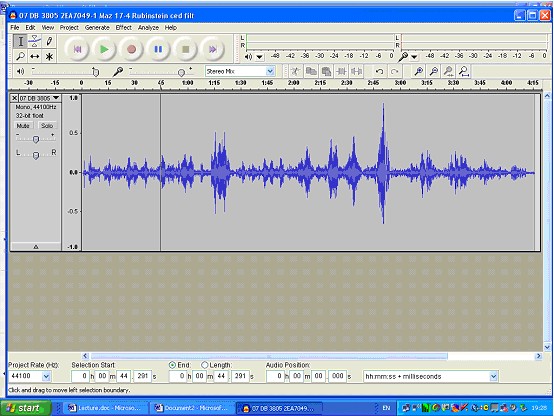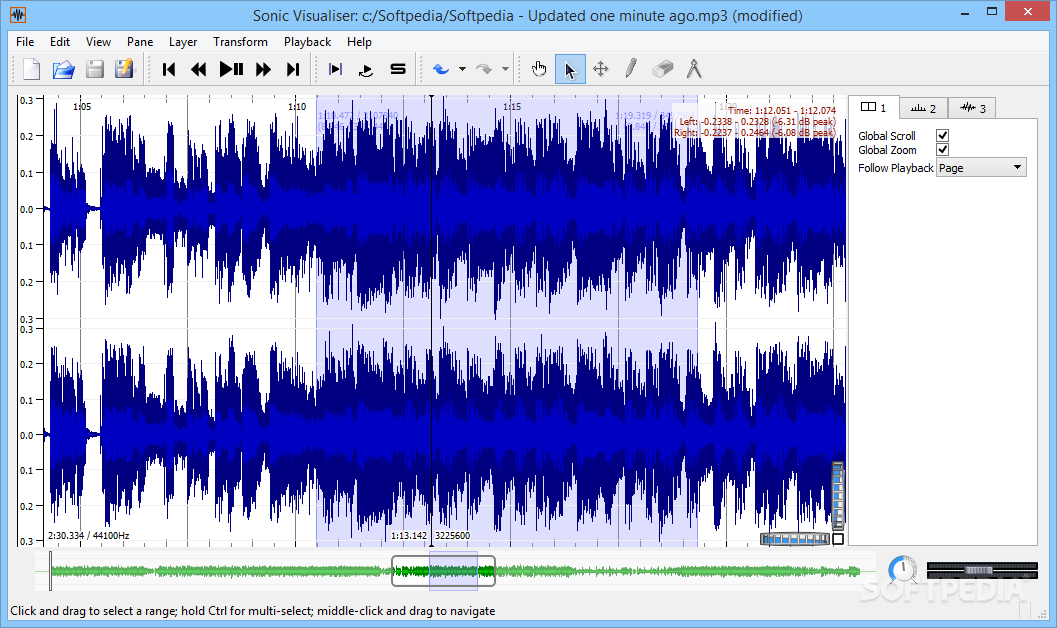


A non-computer activity to assist in explaining this relationship could be a physical demonstration followed by a discussion.įor example, one could place a tennis ball on top of a basketball, let them drop, and discuss the combined bounce. Of these three, the concept most difficult to grasp is edge detection, which interprets edges as high spatial frequencies within an image. How does the blur or sharpen features work in Photoshop or Gimp?Īs mentioned in the introduction, there are three major concepts demonstrated by Audacity, Sonic Visualiser, and Gimp.How are artificial voices (such as Apple’s Siri or Amazon’s Alexa) synthesized?.How do you read the frequencies that make up a signal?.This module connects to elements of Math, Physics and Computer Studies. Furthermore, this notion teaches students to think critically about the tools, and that each has its own strengths and weaknesses based on the context of application. The narrative focus explores the major relationships and applications of these tools, alluding to but otherwise buffering the underlying math.Ī overarching theme is the idea that these are tools, and like any tool there is a period of learning and adjustment which can be initially intimidating, but these tools are still accessible. The main objective of this module is to introduce the core toolset of digital signal processing: Fourier Transforms and Filter Theory. Finally, Gimp explores spatial frequency and edge detection, resulting in various filters users can see and apply first hand. Sonic Visualiser explores spectrograms and the idea of data visualisation.
SONIC VISUALISER SEPARATE WAVEFORMS HOW TO
In particular, three applications are demonstrated: Audacity, Sonic Visualiser, and Gimp.Īudacity explores how to read a basic spectrum plot, which in technical terms is a signal in the frequency or spectral domain. Part Two is intended to demonstrate basic, but important, audio and image editing applications, that we otherwise take for granted in our daily interactions with media. As stated in Part One, signal processing forms the foundation of the current multimedia revolution.


 0 kommentar(er)
0 kommentar(er)
